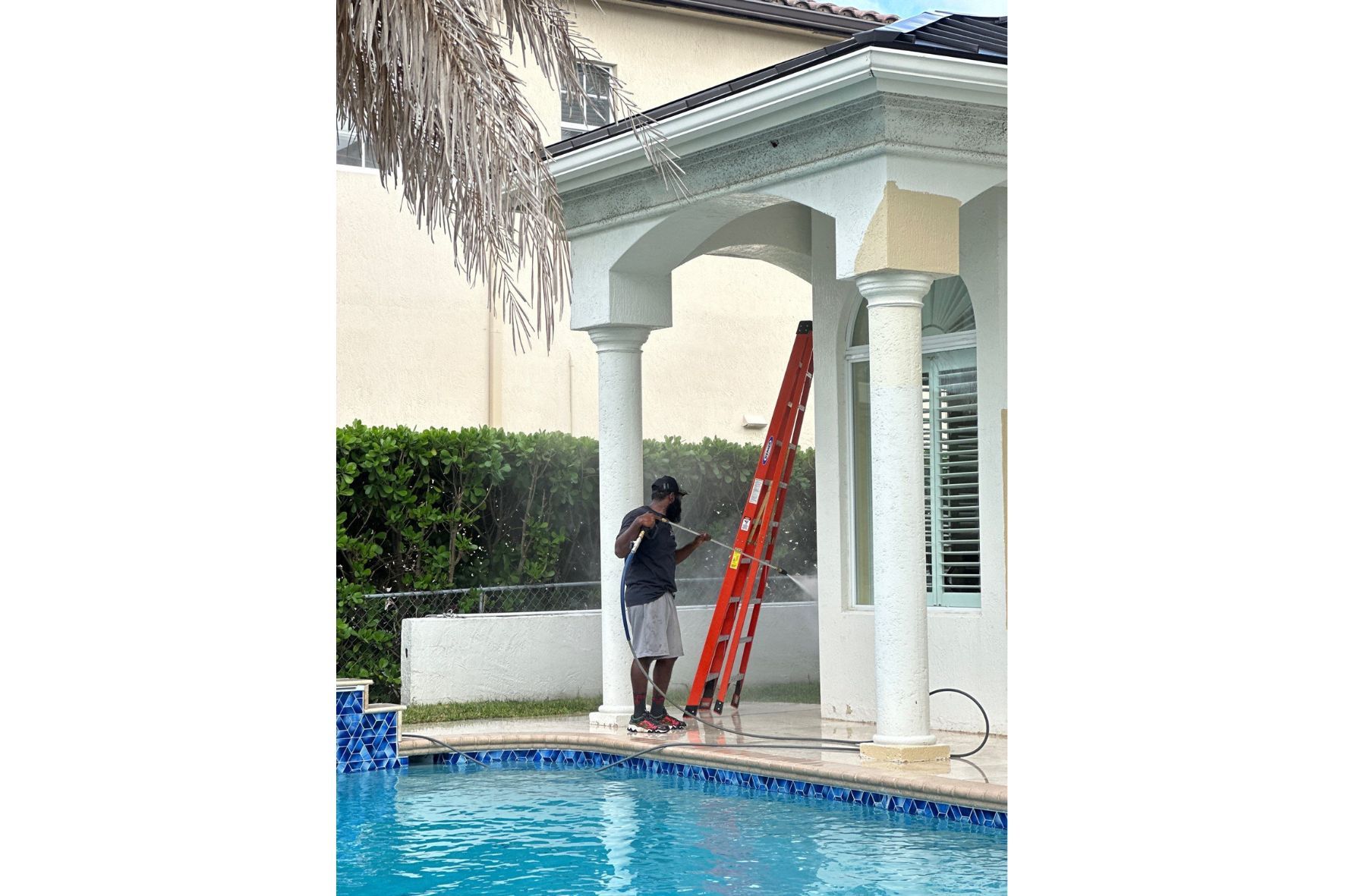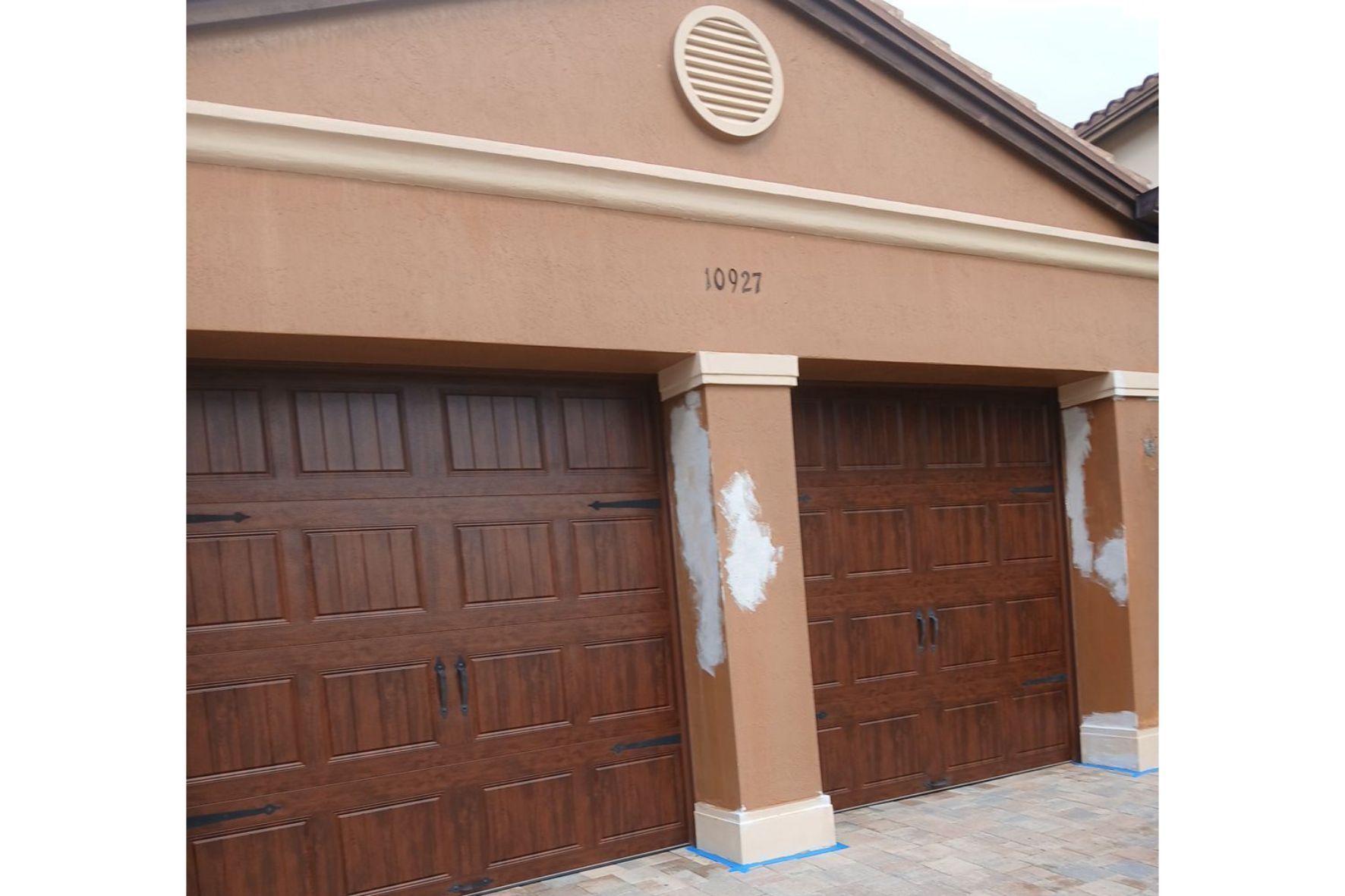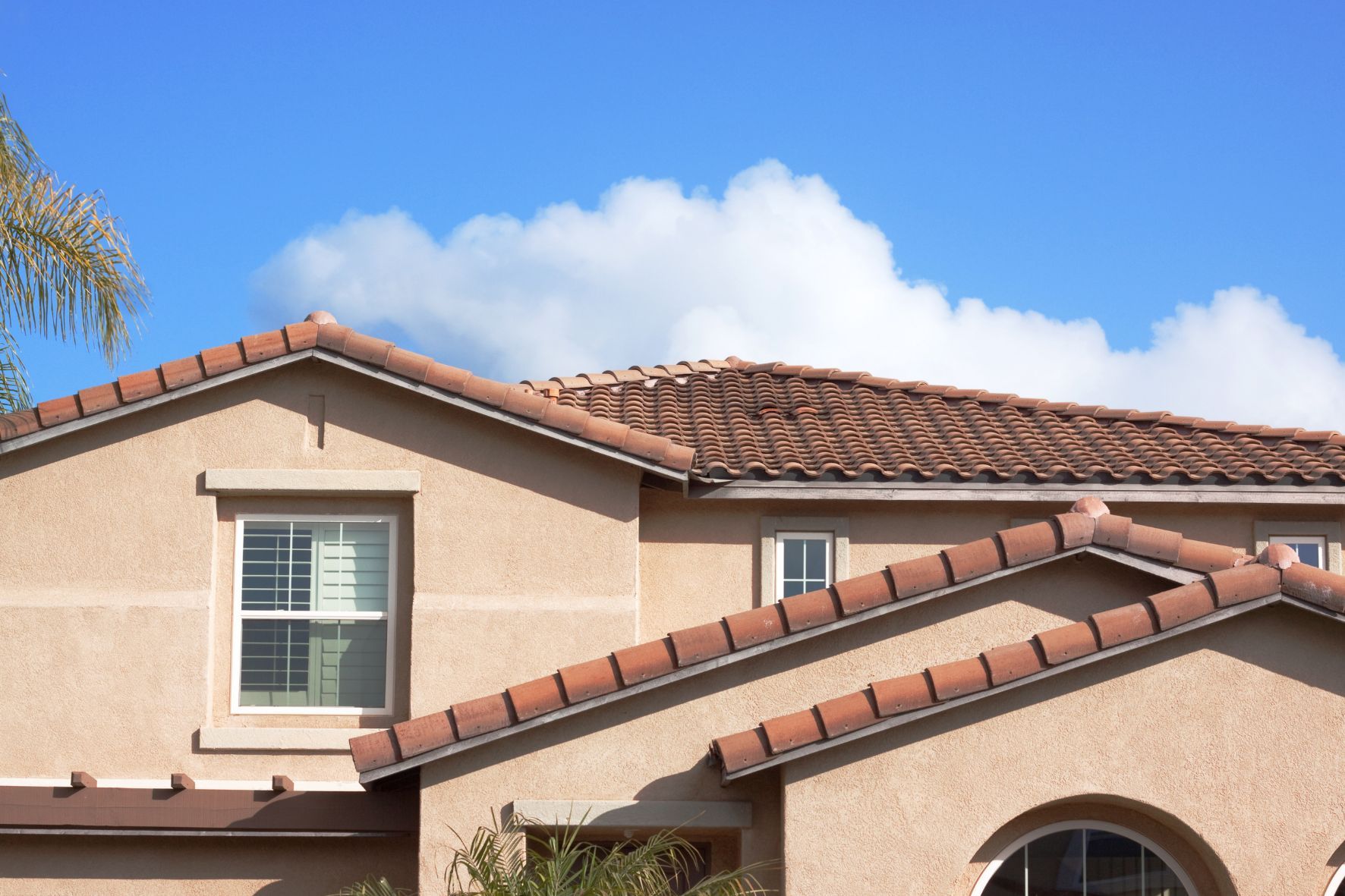Stucco is a popular exterior material that combines durability, aesthetic appeal, and affordability, making it a favorite among homeowners, especially in regions with warm climates. Known for its resilience, stucco can last up to 70 years with proper maintenance.
However, neglecting regular upkeep can lead to cracking, staining, and other issues that compromise its longevity and appearance. Whether you’re a seasoned homeowner or a new one, learning to care for stucco properly ensures your home maintains its charm for decades. Below, we’ll explore six essential stucco maintenance tips to keep your exterior looking pristine and performing optimally.
What is Stucco?
Stucco is a versatile, plaster-like material applied to the exterior of buildings. Composed of cement, sand, lime, and water, it hardens into a sturdy finish that can withstand significant wear and tear. It is particularly well-suited for sunny regions like Florida as it reflects heat effectively, though it is less effective in insulating against cold weather compared to other materials. Despite its durability, stucco requires regular cleaning and maintenance to preserve its integrity and beauty.
One of the simplest steps in stucco maintenance is regular cleaning. Stucco’s porous nature allows it to absorb dirt, moisture, and environmental stains, which can dull its appearance over time. A combination of pressure washing and hand cleaning can keep your stucco siding looking fresh year-round.
1. Clean Your Stucco Regularly
Dirt, mold, and grime can accumulate on stucco surfaces, particularly in humid climates. Regular cleaning not only improves your home’s curb appeal but also prevents stains and mildew from settling into the porous material. Cleaning your stucco siding two to three times a year is ideal, but homes in areas with heavy rainfall or high humidity might require more frequent attention.
Simple Stucco Cleaning Steps
Spray Off Dirt: Begin by using a garden hose to spray off loose dirt and debris. Work from top to bottom to ensure grime flows downward and away from clean areas. Scrub Stains: For stubborn stains, use a soft-bristle brush and a mixture of water and mild dish soap. Scrub gently to avoid damaging the stucco surface. Rinse Thoroughly: Once cleaned, rinse the stucco with water to remove any soap residue.
Dealing With Tough Stains
For tougher stains like mold or mildew, stronger cleaning agents can be effective:
Dish Soap: Mix warm water with dish soap to gently clean light stains. Bleach Solution: For mold and mildew, apply a diluted bleach solution directly to the affected areas. Rinse thoroughly to prevent discoloration. Trisodium Phosphate (TSP): This chemical cleaner is excellent for deep cleaning and preparing stucco for painting. Wear gloves, goggles, and protective clothing when using TSP to avoid irritation.
Pressure Washing
Using a pressure washer to clean stucco siding is a more efficient and effective method than using a garden hose. With a power range of 1,500 to 2,800 psi, a pressure washer can easily remove dirt, grime, and stains from the surface. However, it’s essential to exercise caution—too much pressure (above 2,800 psi) or standing too close to the wall can damage the stucco or cause injury.
To prevent any harm to the wall, use a nozzle with a 40-degree angle and maintain a distance of 12 to 24 inches from the surface. For smaller nozzles, such as a 25-degree, make sure to stand even further back.
Safety tip: If you’re not experienced with pressure washers, be sure to wear proper safety gear, including eye and ear protection, to avoid any accidents.
For those who are unsure about handling the equipment, hiring a professional pressure washing service with expertise in setting the right pressure can ensure the job is done safely and effectively. Tru Colors Contracting provides professional Pressure Washing services in South Florida. Contact Us today for a quote.

2. Regularly Inspect Stucco for Damage
Stucco naturally develops small cracks over time, but neglecting these can lead to bigger issues like water intrusion, mold growth, and structural damage. Annual inspections can help you catch and address damage early.
What to Look For:
Cracks and Chips: Hairline cracks are common and usually harmless, but larger cracks (wider than 1/8 inch) need immediate attention. Indentations: Concave patches in stucco often signal trapped moisture and may require professional evaluation. Peeling or Crumbling: Large sections of peeling stucco indicate serious issues such as water damage or aging materials.
If you live in a wetter climate, inspect your stucco more frequently. Addressing damage early prevents costly repairs and maintains the structure’s integrity.
3. Repair Cracks Promptly
Even small cracks can lead to larger problems if left untreated. Repairing cracks early is an essential part of stucco maintenance. Here’s how to handle common repairs:
Small Cracks (Hairline)
For cracks less than 1/8 inch wide:
Clean the area with a brush or garden hose. Fill the crack with a flexible caulk or stucco patching compound. Smooth the surface and let it cure according to product instructions.
Larger Cracks or Damage
For cracks wider than 1/8 inch, consult a professional. Large cracks may indicate underlying structural issues, such as shifting foundations or severe water damage. Tru colors Contracting offers Stucco Repair services. Check out our gallery here .
Prevent Future Cracks
Upgrade Gutters: Properly functioning gutters prevent water pooling near your home’s foundation, reducing the risk of cracks. Use Elastomeric Paint: This flexible, waterproof paint protects against hairline cracks and offers up to 10 years of protection.
4. Reseal Stucco Periodically
Sealing stucco protects it from moisture infiltration, which is critical in maintaining its longevity. Professional-grade masonry sealers or elastomeric paints are commonly used for this purpose.
When to Reseal Stucco
Stucco typically needs resealing every 5-10 years, depending on factors like climate and material age. Before sealing, repair any visible damage to ensure the sealant adheres properly.
How to Reseal Stucco
Clean the surface thoroughly to remove debris and stains. Apply a clear masonry sealer or elastomeric paint using a roller or sprayer. Allow the sealant to cure as directed to maximize its effectiveness.

5. Repaint Your Stucco for a Fresh Look
Over time, stucco may fade or develop an uneven appearance due to weathering. Repainting can refresh your home’s exterior while adding an extra layer of protection.
Choosing the Right Paint
Acrylic Paint: Offers durability and excellent color retention. Elastomeric Paint: Provides flexibility, water resistance, and the ability to bridge small cracks. Masonry Paint: Designed specifically for stucco and other porous surfaces.
Stucco Painting Tips
Clean and Prime: Always clean the surface and apply a primer to ensure proper paint adhesion. Use High-Quality Tools: Invest in good-quality rollers and brushes designed for rough surfaces. Follow Manufacturer Guidelines: Paint in optimal weather conditions to avoid blistering or peeling.
6. Replace Stucco When Necessary
Despite regular maintenance, there may come a time when your stucco needs replacement. This is especially true if it suffers from severe damage or faulty installation.
Signs You Need Stucco Replacement
Persistent leaks or water damage. Widespread mold or mildew growth. Cracks larger than 1/4 inch that continue to expand. Bulging or blackened areas.
Stucco replacement requires professional expertise. Contractors may recommend synthetic stucco for modern flexibility or traditional stucco for classic durability. Learn more about Tru Colors Contracting Stucco services here .
DIY vs. Hiring a Professional
While minor stucco repairs can be handled by DIY-savvy homeowners, larger jobs often require professional assistance. Improperly mixed stucco or poor application can lead to premature failure, leaving your home vulnerable to further damage. Licensed contractors ensure repairs are done correctly and efficiently, extending the life of your stucco.
Stucco is a durable, attractive material that enhances a home’s curb appeal and value. With proper care—including cleaning, inspecting, repairing, sealing, repainting, and replacing when necessary—you can ensure your stucco siding remains a reliable and beautiful feature of your home for decades to come. By following these six maintenance tips, you’ll protect your investment and enjoy a stunning exterior year after year.
For homeowners who prefer a hassle-free and professional approach to stucco cleaning, maintenance, and repair, Tru Colors Contracting is here to help. Our team of experts is equipped with the right tools and knowledge to safely clean, repair, and install new stucco surfaces, ensuring they remain in top condition for years to come. Whether it’s fixing cracks, filling holes, or refreshing your exterior with new stucco, we use the proper techniques to prevent any da mage while delivering outstanding results. Contact T ru Colors Contracting today for reliable and comprehensive stucco services you can trust. Let us handle the hard work, so you can enjoy a beautiful, well-maintained home.

